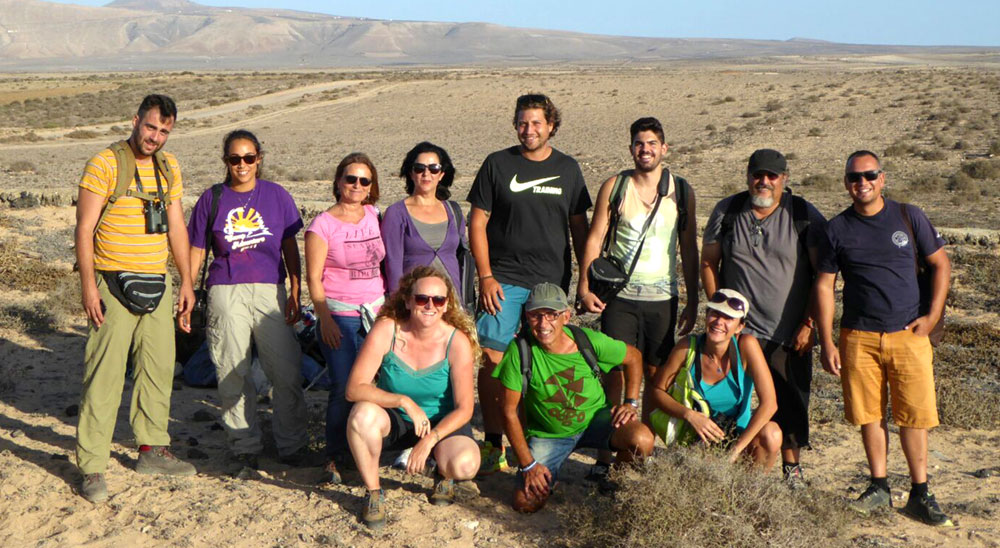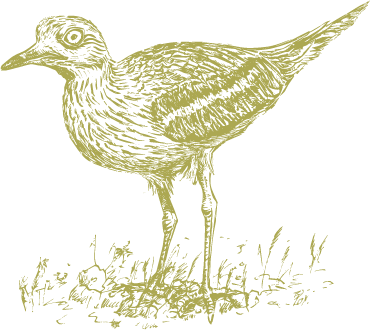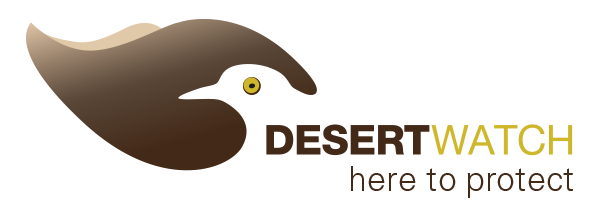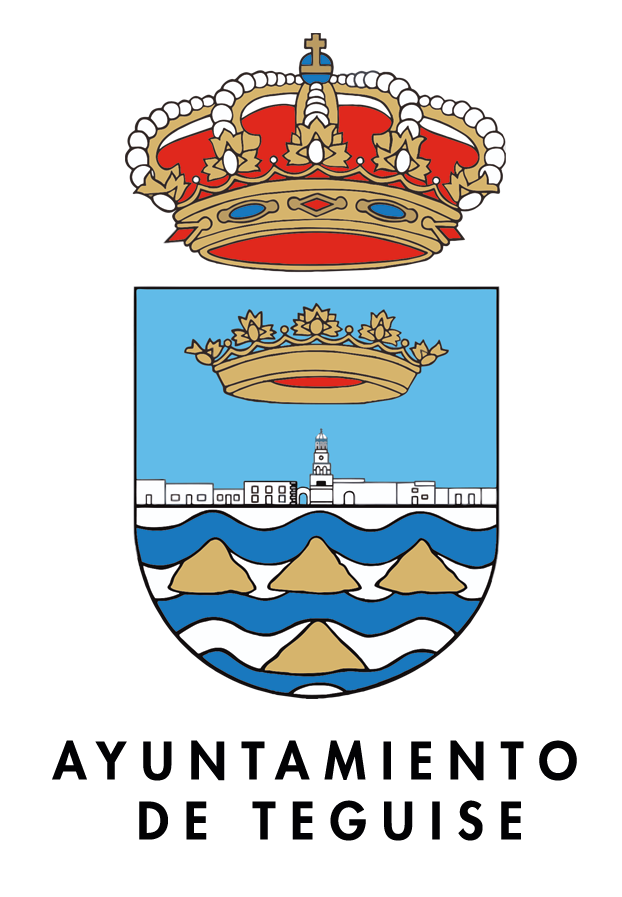
Help us protect El Jable desert
for only 1€ a month.
Become a teamer!
CLICK HERE
Protecting El Jable Plain
conservation project of the protected area
of El Jable in Lanzarote
Watch a Message About Our Campaign
litter collected Kg
Volunteer hours
Desert Watch

In 2015, a group of volunteers met and committed to do whatever it takes to protect the unique desert plain of El Jable and the wildlife that lives in it. We started calling ourselves Desert Watch. This led to the creation of a non profit organisation, “Vientos del Noreste”, or Trade Winds, acknowledging the source of humidity that makes life possible on our arid island.
What started as a dream has become over the years a complex conservation project with international reach. On the way, the desert has taught us a good deal, and we know there is still much to learn and understand. Our commitment has never been stronger and we invite everyone interested to join us in this exciting and fulfilling quest.
What is El Jable?
As the sand was under the sea for thousands of years, it is rich in fragments of shells, corals and foraminifera and other organic materials. Its organic composition helped plants to thrive, their roots consolidating the sand. Animals followed. Different geodiversity has meant a different biodiversity from the rest of Lanzarote. The desert has became a home to particular species that have had hundreds of thousands of years to adapt to the harsh conditions. That is what makes these species so fascinating.

Happening Now
When this happens, it's usually because the owner only shared it with a small group of people, changed who can see it or it's been
When this happens, it's usually because the owner only shared it with a small group of people, changed who can see it or it's been
make a donation
What you do makes a difference, and you have to decide what kind of difference you want to make.














